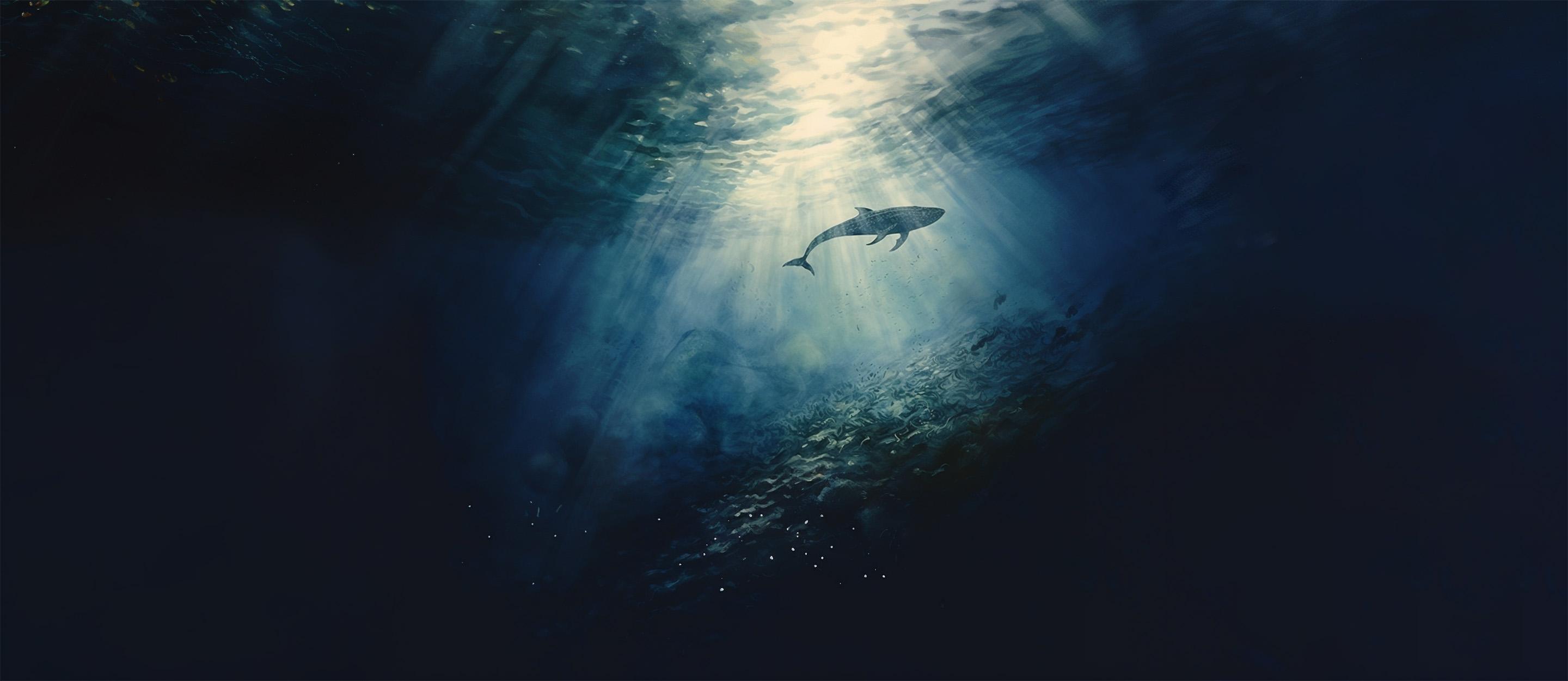
The high seas: heroes of the ocean
A world full of mysteries, less research has been conducted on the high seas than on outer space. Yet its inhabitants are vital for conserving biodiversity. akzente explains why.
The ocean is home to countless different species. But this diversity is threatened by marine warming driven by climate change, pollution on a vast scale and industrial fishing. According to United Nations estimates, around half of all sea creatures could be at risk of extinction by the end of the century. Many species are vital for well-functioning marine ecosystems and for the human race.
Sea turtle
They may seem rather slow and sedate, but sea turtles are excellent swimmers. For instance, the leatherback sea turtle, which can grow up to two-and-a-half metres long, is a genuine long-distance star that feels just as much at home off Norway as it does at the southern tip of Africa. Sea turtles are also known as the ‘lawnmowers of the sea’ because they feed on seagrass and seaweed, thus supporting the regrowth of vegetation. All seven species of sea turtle are currently protected, yet they are still in danger of extinction. Tens of thousands of them perish every year, caught up in fishing nets or stuck on the hooks of the ‘longlines’ that industrial fishing fleets cast into the sea. They are also under threat because the beaches where they lay their eggs are being built on or are overrun by tourists. This spells disaster, since the females of most sea turtle species always return to the beach where they themselves were born to lay their eggs.
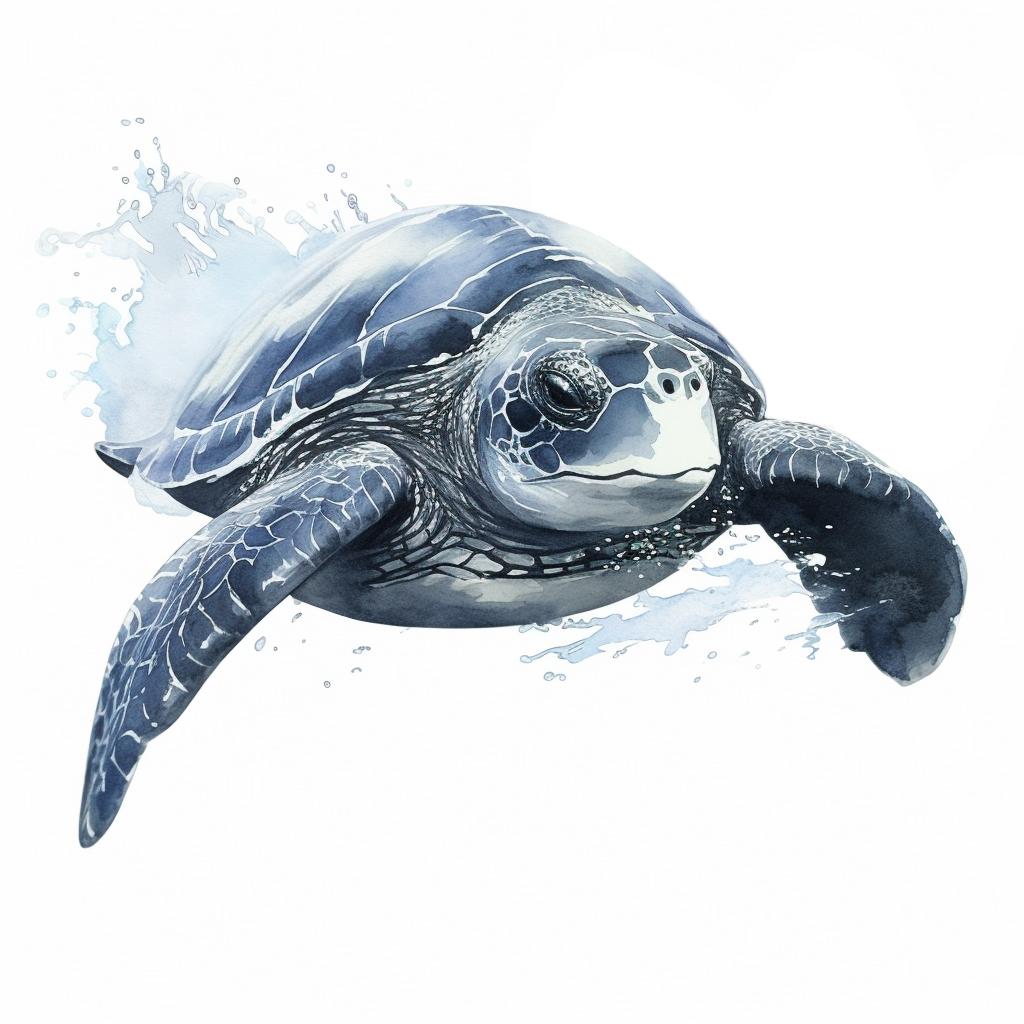
European eel
The life cycle of the eel is nothing short of extraordinary. The creatures cover many thousands of miles before wriggling their way along Europe’s rivers, as they are born in the Sargasso Sea close to the Bahamas. Eel larvae need around three years to reach the coasts of Europe on the North Atlantic currents. As young elvers, most of them swim upstream into inland bodies of water, where they live for many years. However, towards the end of their lives, the eels migrate back to where they hatched in order to spawn. Whether this extraordinary species will continue to visit European waters therefore depends both on the conditions in the faraway Sargasso Sea and, to a critical extent, on those on Europe’s coasts and in its rivers.
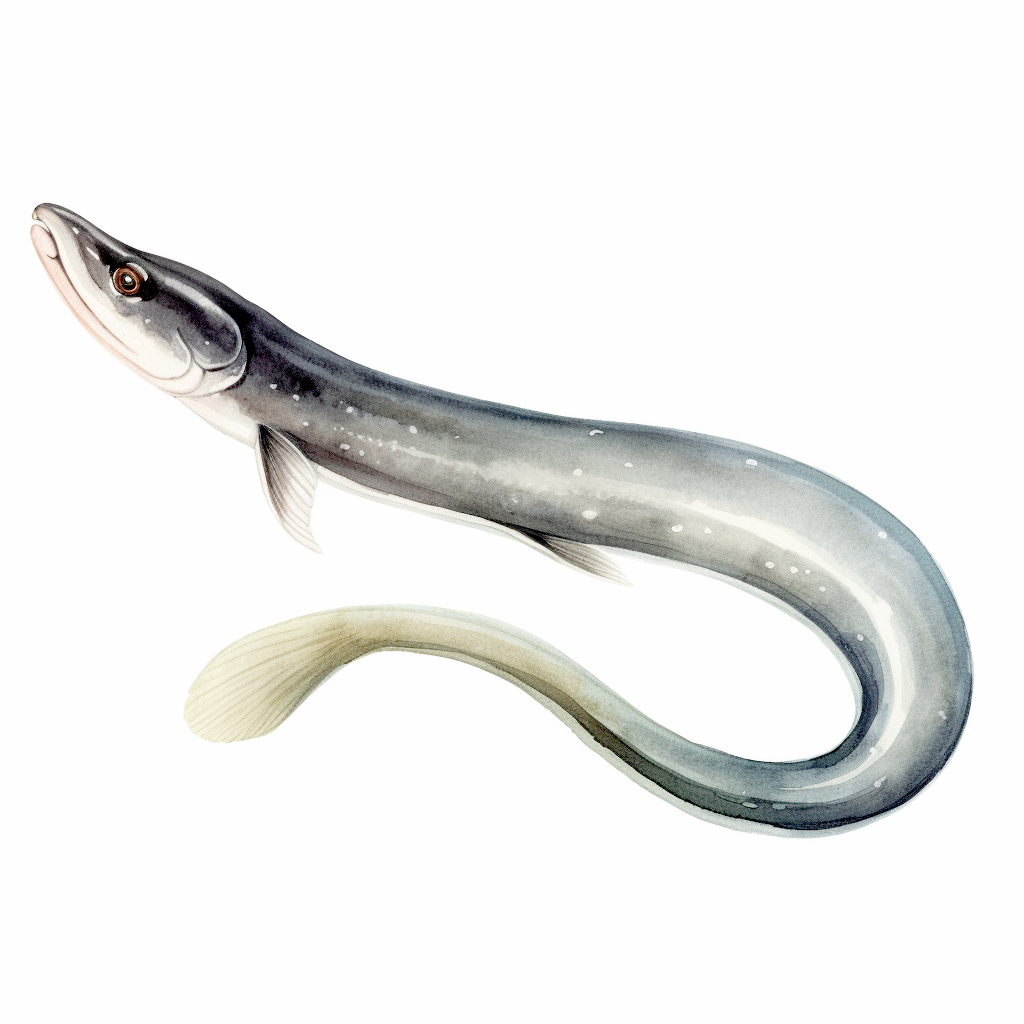
Whale
Whales, the largest marine mammals, can be found in all the world’s oceans. It is fascinating to watch one of these animals – some of which weigh several tonnes – lift itself out of the water. However, whales are also vital for the preservation of the marine ecosystem and for regulating the global climate. As they emerge from the sea and fall back down, they mix up the layers of water and bring important nutrients to the ocean surface. This process is known as the ‘whale pump’. They fertilise the sea with their faeces and thus help to ensure that new life can form there. Whales also absorb large quantities of carbon when they feed. After they die, their carcasses sink to the ocean floor. This carbon remains tied up in their bones, preventing it from turning into environmentally harmful carbon dioxide (CO2).
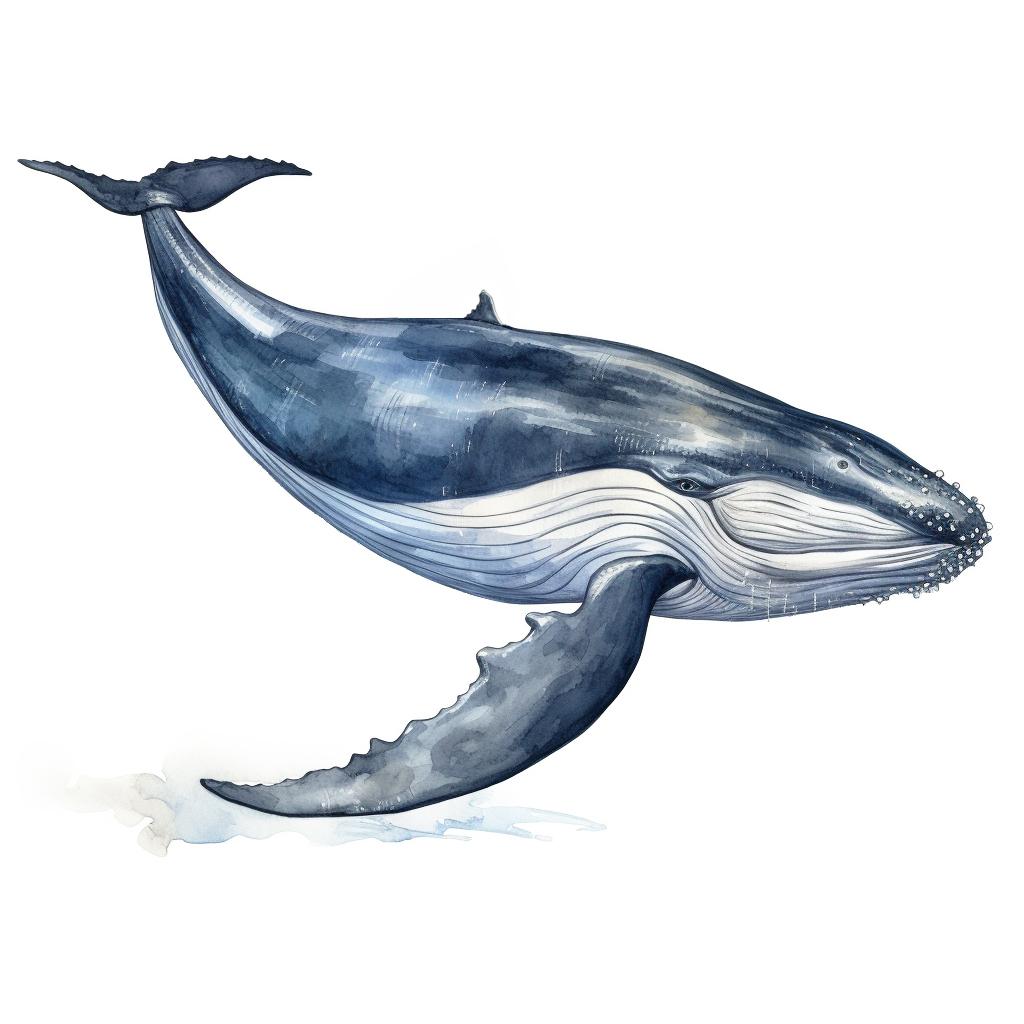
Shark
In spite of their bad reputation as dangerous predators, sharks play an important role in marine ecology. Indirectly, for example, they help to safeguard corals, which provide a habitat for many different species. This is because corals are protected by algae-eating fish, whose main predator, the grouper, is amongst the shark’s prey. The more groupers a shark eats, the more algae eaters survive to prevent coral reefs from suffocating under a blanket of algae. There are over 500 shark species worldwide, only 60 of which have been protected since 2022. There is nothing to stop the others from being fished. Shark meat, skin and fins are all highly sought after. Sometimes, the fins are cut off an animal while it is still alive, condemning it to a very painful death.
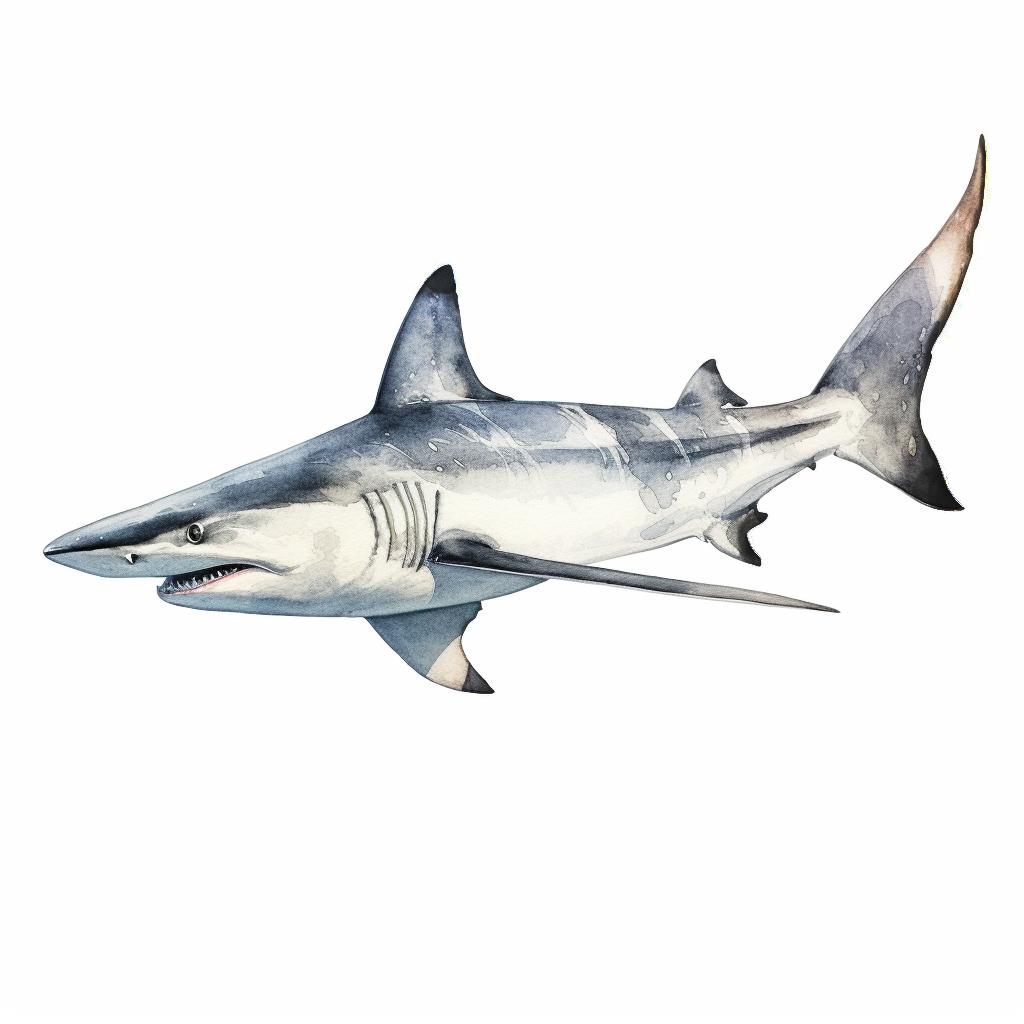
Tuna
Tuna might be best known for being caught in great numbers, but they are also good hunters themselves, pursuing their prey at up to 50 miles per hour. Swimming in shoals, they cover great distances. Researchers have tagged bluefin tuna and discovered that they have swum from the Bahamas all the way to Norway and Brazil. But the tuna is in grave danger, with stocks declining by up to 90 per cent in recent years. This is because, despite a great many campaigns and appeals from animal welfare organisations, consumers do not want to stop eating this tasty, low-fat fish. There is also a great deal of money to be made from the tuna trade.

Find out more